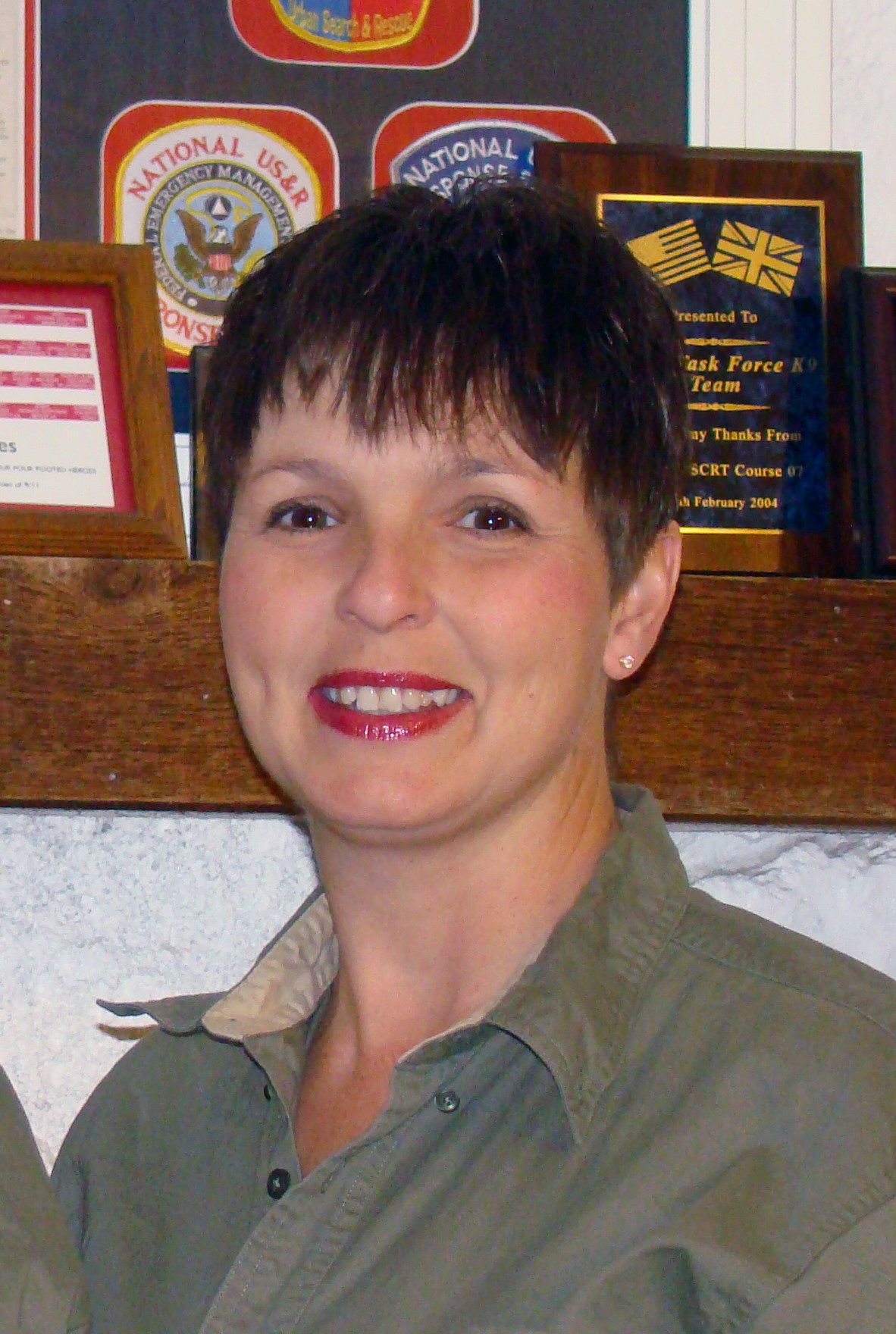Course Details
Advancing Reactive Integration into the Real World
Is your dog reactive to other dogs on leash? People coming into the home? People they see outside the home? Does your dog respond negatively to specific stimuli or situations? Your dog can act differently when they feel threatened or overwhelmed; this are sometimes referred to as the “five F’s”: Fight, Flight, Flee, Fidget, or Fawn. Your dog may bark or lunge (Fight) or try to run away (Flee). They may act more like a deer in the headlights (Freeze) or be unable to respond to cues or pace and sniff (Fidget). Some dogs feel the need to grovel and jump up, give kisses, and ‘make nice’ (Fawn). All of these are symptoms of a dog that needs help.
Have you taken my Reactive Integration class previously? Or my Confidence class? Other FDSA behavior classes? Worked in person with a trainer or behavior consultant? Perhaps you are struggling with applying the various principles and protocols that you have learned previously into the real world. Maybe you just want ‘another perspective’ on your situation and what might be the best approach for you, your dog, and the environment. Or is there a missing piece of the puzzle that you just can’t find that might help you complete the picture of successful behavior modification?
The class is primarily for problem solving, much like a ‘handlers’ choice’ class. Therefore, all the lectures will be released on the first day of class so that those more advanced have access to all the information without having to start at the beginning! However, the curriculum will lend itself to allow for those not as familiar with working with reactivity to get the necessary information from beginning to end.
You should be familiar with many of the topics discussed in this class, from ways to reduce the baseline to lower arousal, increase confidence, and create reinforcement strategies to teach alternative and incompatible behaviors, as well as the behavior modification protocols to help increase the dog’s threshold through a variety of desensitization and counter conditioning processes and differential reinforcement procedures. Knowing how to integrate them into your training plan and applying them into the real world is the concept of this class.
All Lectures in this class will be released on the first day of class to allow students at different levels to work on the skills they need most. Students are encouraged to work at their own pace.
Teaching Approach.
Each lecture will include written instructions as well as videos. Lectures will be released all at once at the beginning of class. Each gold student will receive written feedback for their work that might refer to lectures and/or a customized written response with or without additional videos.
I will be monitoring the Facebook Study group closely to provide feedback for questions from the bronze and silver students!
Forums will be checked twice daily at least 6 days a week, or twice daily for 5 days with a single daily check on the remaining two days.
 Instructor: Karen Deeds, CDBC
Instructor: Karen Deeds, CDBC Karen Deeds, is a Certified Dog Behavior Consultant through the International Association of Animal Behavior Consultants (IAABC). She is the co-owner of Canine Connection in Ft. Worth, TX with her husband, Bob Deeds, a retired Federal K9 Handler on Texas Task Force I....(Click here for full bio and to view Karen's upcoming courses)


